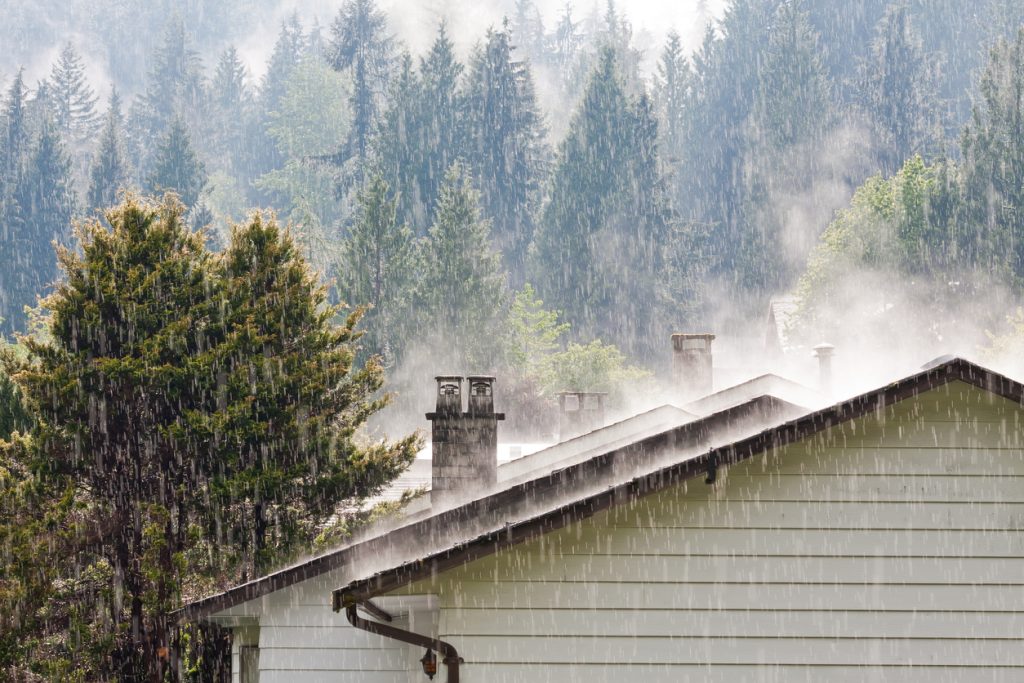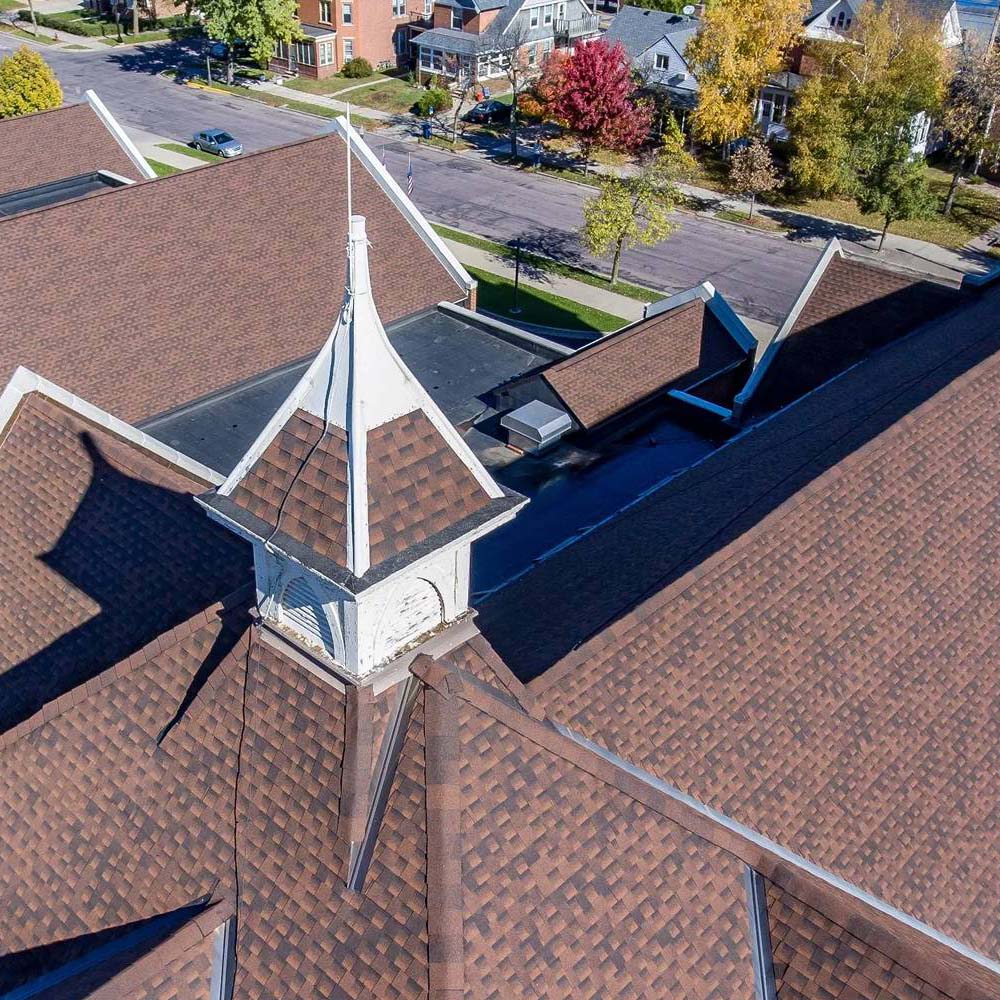Some homeowners worry when they see snow piling up on the roof. While homes in snowy areas such as Rochester, MN are built to handle heavy snowfall, snow still needs to be cleared off roofs at a certain point to maintain their integrity.
Otherwise, the blanket of snow melts and becomes heavier, and with new snow, it can cause many problems, from cracked walls to interior leaks and even a collapsed roof. The following guidelines will help you decide when it’s time to protect your home, get the snow rake out, and remove the snow from your roof.
When to Think About Removing the Snow
Heavy snow is hard on your Rochester, MN home’s roof. Fresh, fluffy snow is the easiest to remove, and as a simple rule of thumb, clear off your roof once the snow reaches 6 inches.
Your home’s roof was built to withstand snow up to a certain weight, but if an old layer has not yet melted, more snow on top can become very heavy. On average, most roofs can handle a max load of 20 pounds of snow for each square foot. Older snow weighs more than fresh, fluffy snow, and about 4 feet of fresh snow equals 2 feet of old, wet snow.
Dangers of Letting Snow Accumulate
Although Rochester, MN homes were designed to withstand many heavy snowfalls, leaving snow on your roof can cause ice dams, water leaks into your home, and possible roof collapse. Ice dams form from uneven heat transfer through your roof. The snow thaws in the middle, but the roof’s edges are colder, causing the ice to refreeze into a solid ridge. Ice dams can cause water leaks because the ice expands and encroaches under roof shingles and into your home.
Wet and dry snow have different weights, which plays a large part in determining when to remove it from the roof. As much as 40 inches of dry, fluffy snow weighs the same as 6 inches of heavy, wet, compacted snow. A combo of wet and dry snow can meld together and exceed the snow load capacity for your roof before you know it. Ice is the densest form of frozen water, and just 1 inch equates to the same weight as 12 inches of fresh snow.
Heavy rain after a snowfall can create heavy ice on top of snow and overload your roof. You can find snow load calculators online to compare your roof’s load-carrying capacity to the weight of its snow cover and the permissible loads for homes in Rochester, MN.
Some Snow on the Roof Is Good!
As long as you stay within safe snow-load guidelines, some snow on the roof can work to your advantage. Fresh snowfall has pockets of air suspended in between the ice crystals. This structure works essentially the same as fiberglass insulation.
Your home might feel a bit warmer inside after a snowfall, as long as you have enough insulation on your home’s attic floor. This layer of insulation keeps the heat in your home and the cold from the snow on the roof.
When It’s Time for a Roof Inspection
After a snowfall, if you see any signs of ceiling leaks or warps or wall cracks, or your home sounds creakier all of a sudden, you might have a snow-buildup problem on your roof. Act quickly to remove the snow and have one of our professional roofers come out to assess any potential damage and provide repairs if necessary. Heyn Brothers Roofing provides fast, quality service to help you maintain your home’s safety, security, and integrity. Call us for an appointment today!







